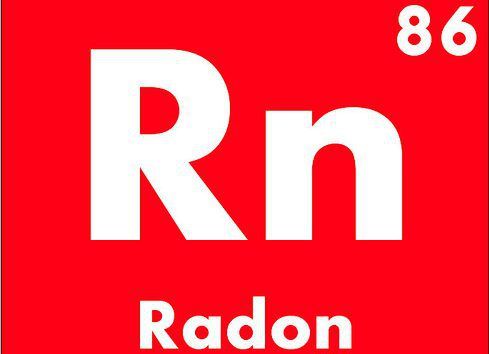Symptoms of radon gas are difficult to detect before it initiates a disease process in the body. For this reason, many home inspectors recommend radon testing of a home before purchase to evaluate the level of radon in the air and water supply.
Radon is a naturally occurring radioactive gas that comes from the breakdown of radium deposited in the earth. During the process of the breakdown a molecule is released and the recoil forces the radon into the surrounding ground water. The gas is colorless, odorless and tasteless.
Interestingly, researchers from Japan, published in the Journal of Pain in 2004, found that small amounts of radon inhaled will activate oxygen, which contributes to the alleviation of symptoms of active oxygen diseases such as osteoarthritis. Although this particular medical use of radon has application in a medical setting it isnt for use in your home.
Biologists believe that radon, which results from the breakdown of radium, is relatively harmless. It is radons decay products that are believed to irradiate the bronchial tree leaving a person who inhales radon at higher risk of lung cancer. Symptoms of radon gas are non-existent until a diagnosis of lung cancer is received.
Since symptoms of radon gas are minimal the best offense is a good defense. First find out if your home is at higher risk for radon by having the home air tested. These test kits should be used in two different areas of the homes living space, usually not the basement. The test kits are left open for the specified amount of time then sent back to the manufacturer who will send you a report.
Radon can enter the house through aeration from the water supply or through the release from the soil by penetration of the buildings foundation. Mitigation specialists, contractors who determine the best method to get rid of the gas in your home, may recommend sump pump covers, better ventilation, not using the basement as a primary living space or even radon water filters.
The average radon levels in North America are low but great variations do exist. Following a survey of over 11,000 homes across 10 states found that as many as 21% of homes had levels that were higher than the maximum radon levels suggested by the U.S. Environmental Protection Agency (EPA) And not all the homes were in areas that have high background levels of natural radiation.
There are more than 700 companies that offer radon-measuring devices. Many of these companies provide detectors that are certified by the Radon Measurement Proficiency Program of the EPA. These measuring devices will help to ensure that you dont suffer from symptoms of radon gas.



 Fill out the form below to sign up to our free natural health and healing newsletter and stay up to date on our latest articles about holistic healing therapies and effective home remedies for common ailments. As a thank you for joining our newsletter, we’ll also send you
Fill out the form below to sign up to our free natural health and healing newsletter and stay up to date on our latest articles about holistic healing therapies and effective home remedies for common ailments. As a thank you for joining our newsletter, we’ll also send you